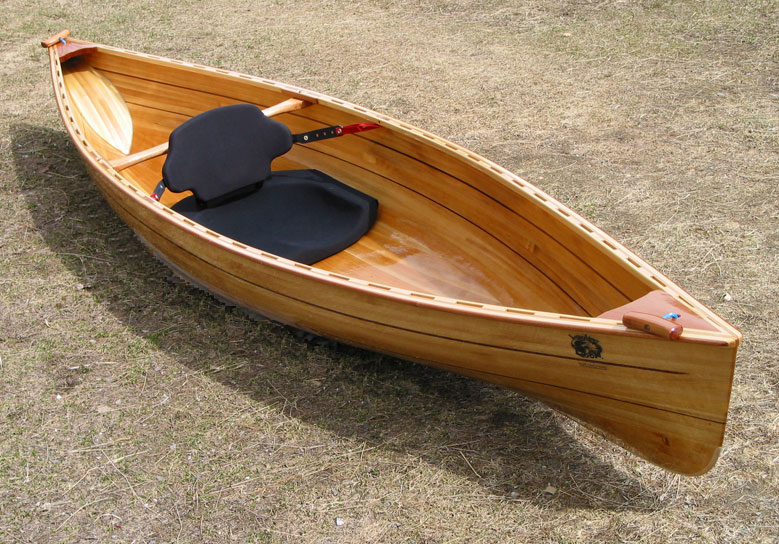
DIY Wooden Canoe Building: Tips for Sturdy and Reliable Construction
Building a wooden canoe is a rewarding and challenging project that combines woodworking skills with traditional craftsmanship. It requires careful planning, meticulous attention to detail, and a dedication to quality. By following these tips, you can ensure the construction of a sturdy and reliable canoe that will provide years of enjoyment on the water.
Choosing the Right Wood
The selection of wood is paramount to the success of your canoe. Different species offer varying strengths, workability, and aesthetic qualities.
Cedar
Western Red Cedar is a popular choice for canoe building due to its lightweight, rot-resistant properties, and beautiful natural grain. It is easy to work with and provides a smooth, water-resistant finish.
Spruce
White Spruce is another excellent option, renowned for its strength and resilience. It is readily available and offers a lighter weight compared to cedar.
Pine
Eastern White Pine, while lighter than spruce, offers exceptional workability and a pleasing appearance. Its resinous nature provides some natural protection against moisture.
Designing Your Canoe
Before embarking on the construction, carefully design your canoe to meet your specific requirements. Consider factors such as:
- Length and Width: Determine the ideal size based on intended use and paddler capacity.
- Shape and Rocker: Choose a design that balances stability and maneuverability.
- Depth and Freeboard: Balance stability and buoyancy for intended waters.
- Construction Method: Select either stitch-and-glue or traditional planking methods.
Preparing the Wood
Once you've chosen your wood, prepare it for construction. This involves:
- Drying: Ensure the wood is properly dried to prevent warping and splitting during the building process.
- Planing: Smooth the wood to remove any rough edges and imperfections.
- Jointing: Create flat, even surfaces for accurate fitting of planks and frames.
Constructing the Framework
The framework forms the backbone of the canoe and determines its overall shape.
- Stems and Keel: The stems and keel provide the canoe's primary structure, supporting the planking.
- Frames: Frames are curved ribs that shape the canoe's hull, spaced according to the design.
- Stem Fittings: Fittings at the stems ensure proper alignment and attachment for the planking.
Planking the Hull
The planking process involves fitting and attaching planks to the framework, creating a watertight hull.
- Stitch and Glue: In this method, planks are temporarily stitched together with wire or string and then glued, allowing for precise alignment.
- Traditional Planking: This technique involves fitting planks and securing them with copper rivets or nails, requiring more experience and precision.
- Gluing and Clamping: Ensure proper bonding and alignment of planks by using appropriate glues and clamping methods.
Finishing the Canoe
Once the hull is complete, it requires careful finishing to protect and enhance its beauty.
- Sanding and Fairing: Smooth out the hull's surface with sandpaper, removing any imperfections and creating a smooth, hydrodynamic form.
- Priming and Painting: Apply a primer to create a uniform surface for the final paint finish.
- Varnishing: Apply several coats of marine-grade varnish to seal the wood and protect it from moisture damage.
Tips for Sturdy and Reliable Construction
To ensure a sturdy and reliable canoe, consider these essential tips:
- Use high-quality wood: Select carefully dried, straight-grained wood for maximum strength and durability.
- Follow the design: Adhere meticulously to the chosen design plans, ensuring accurate dimensions and angles.
- Properly fasten parts: Use suitable adhesives, fasteners, and techniques to secure the canoe's structural elements.
- Thoroughly seal the hull: Use quality marine-grade epoxy and sealant to create a watertight hull.
- Protect the wood: Apply multiple coats of varnish to shield the wood from moisture and UV damage.
- Inspect and maintain: Regularly inspect the canoe for any signs of damage or wear and address them promptly.
Conclusion
Building a wooden canoe is a challenging yet rewarding endeavor that allows you to connect with traditional craftsmanship. By carefully planning, selecting quality materials, and following sound construction practices, you can build a sturdy and reliable canoe that will provide years of enjoyment on the water. Remember to prioritize safety and always exercise caution when handling tools and working with wood.

0 comments:
Post a Comment
Note: Only a member of this blog may post a comment.